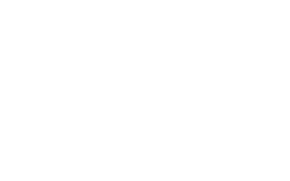 |
 |
 |

|
Figure 1. ELLY VAN MEEL. Title: 'ANDROMEDA'. FLOAT GLASS IN 3-DIMENSIONELE OPSTELLING MET UV VERLIJMING. AFMETINGEN: CIRKELS VAN 50CM, 3OCM
|
|
 |
ACADEMIE VAN BERCHEM:
A LARGE NUMBER OF STUDENTS, EACH WITH THEIR OWN SIGNATURE
In 2015, 9 students finish their 5-year training at the “Academie van Berchem”-Visual Arts and one student finishes her master degree.
|

|
Posted 14 May 2015
|
Share this:
|
|
Elly Van Meel
Elly Van Meel (°1955) worked as a secretary in a company in The Netherlands. She came in contact with the material glass by her father, who worked with Tiffany glass. After his death, she inherited his materials and started to work with the Tiffany glass technique as a hobby. Due to personal reasons, she reallocated to Belgium and wanted an art education in glass to go ahead with her artistic work.
She visited the “Academie van Berchem” and was attracted by the atmosphere of the glass class.
The inspiration of her work is the round form present in nature and in the geometry of the circle.
She experimented with round forms for 4 years in different materials and methods and this resulted in her graduation piece “Andromeda” (Figure 1). It is the nearest star system to the Milky Way and has a ring-like structure. Based on this ring-form, she constructs segmented rings, that are glued together into 3-dimensional objects. By combing different colors and transparencies, she breaks the monotony of the round object and makes different versions of it, each with a different identity and character.
She did experience a lot of freedom during her training, while working around certain topics enabled her to learn different techniques.
|
|
|
|
|

|

|

|

Figure 2. BERT STERK. TITLE: 'RUGGENWERVEL'. Kilnformed glass and rope
|
|
Bert Sterk
Bert Sterk (°1954) has a technical education and worked as a project manager in the Glass factory of Leerdam, The Netherlands. Due to a neurological disease, he had to stop working, which enabled him to get trained in painting and sculpting. After visiting an exhibition of studio glass, he rediscovered his fascination for glass, and signed on for the glass education in Berchem, Belgium.
He is inspired by the things he experiences in his life. Due to his disease, he was forced to quit certain things, but this led to new possibilities. The inspiration of his work is based on the human body and he works with glass combined with other recuperated materials.
“Spinal cord” is a combination of an old weathered rope and cast glass (Figure 2). It symbolizes the life force and the support we need to do things. The weathered rope gives the visualization of his disease with destruction and decay of the nervous system.
A second piece is a combination of self-portraits in different kinds of glass, that are incorporated into a structure (Figure 3). They reflect different feelings and moods, that are an integral part of every human.
As al Dutchman trained in Belgium, he enjoyed the jovial atmosphere in the Academy, where he learned to be patient. In The Netherlands, it is easier to come to a point and obtain certain results faster, but time is needed to be creative.
|
|
|
|
|
|
|
|
|
|


